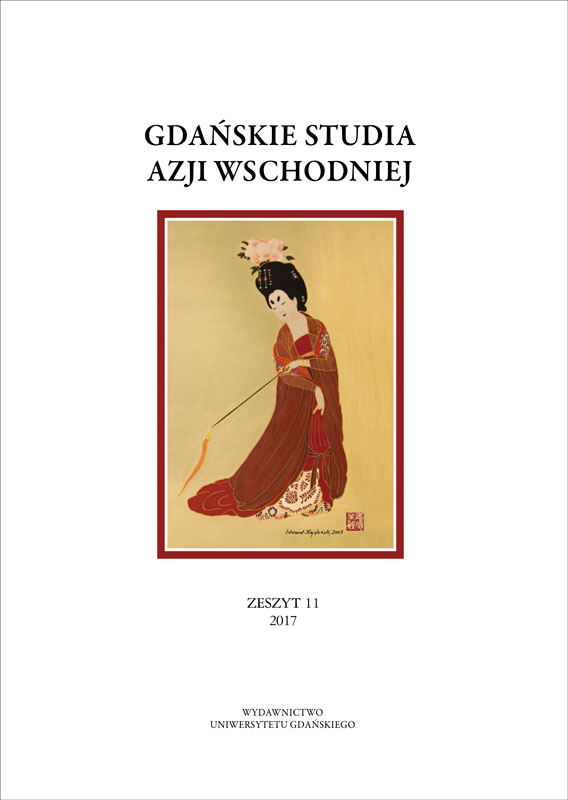Przemiany modelu rodziny a sytuacja ludzi starszych w Japonii u progu XXI wieku
Abstrakt
The changes that took place in post-war Japan created a new family model. Pre-war Japanese families had generational character. The stem family structure incorporated a support network for elder people in households where at least three generations lived in a single house. Young people looked after parents after their retirement. It was strictly connected with the vision of the Japanese social welfare system (or with the lack of it). In the post-war period all fields of Japanese life were radically changed. The fast industrialization and the move of rural population to the cities, caused the change of the model of the family, from generational to nuclear. The progressing atomization of families influences the situation of the elderly. They are left without the care of children and government, and forced to form a new outlook on life after their retirement. However enjoying life after retirement is not yet a lifestyle appreciated by Japanese. Many man find it difficult to manage free time after their retirement. The unaccustomed fulltime presence of husbands at home often has a negative impact on family life. The martial stress, economic and health problems are causes by the Retired Husband Syndrome (RHS).
Downloads
Bibliografia
I. Kordzińska-Nawrocka, Japońska miłość dworska, Warszawa 2005; eadem, Ulotny świat ukiyo w twórczości Ihary Saikaku, Warszawa 2010.
F. Kumagai, Families in Japan. Changes,Continuities, and Regional Variations, New York 2008.
E. Kostowska, Kształtowanie się nowoczesnego wzoru życia rodzinnego w Japonii okresu Meiji [w:] Japonia okresu Meiji. Od tradycji do nowoczesności, red. B. Kubiak Ho-Chi, Warszawa 2006.
Shinkokugo jiten, red. T. Yamada, Y. Yoshikawa, Tokio 1981.
J. Hendry, Understanding Japanese Society, New York 2003.
D. Hałasa, The Concept of Ie in Modern Japanese Society, „Silva Iaponicum” 2005, no. 3.
M.F. Nimkoff, Comparative family systems, Boston 1965.
R.R. Clayton, The family,marriage and social change, Lexington 1979.
S. Nasu, Rōjin sedai, Tokio 1962.
J. Laurence, Kraj Kwitnącej Geriatrii,2007, http://wiadomosci.onet.pl/kiosk/kraj-kwitnacej-geriatrii/l3d27 (dostęp: 4.02.2017).
P. Mesmer, Japonia: spokojna starość w więzieniu, 2008, http://www.dps.pl/domy/index.php?rob=swiat&id=585 (dostęp: 6.02.2017).
E. Pałasz-Rutkowska, K. Starecka, Japonia, Warszawa 2004, s. 315.
A. Błońska, Zespół męża na emeryturze, 2006, http://kopalniawiedzy.pl/zespol-meza-na-emeryturze-Japonia-Retired-Husband-Syndrome-RHS-Nobuo-Kurokawa-1156.html (dostęp: 6.02.2017).
Ewart E., Japonki na emeryturze. Mężowstręt, 2006, http://www.polityka.pl/swiat/obyczaje/200806,1,japonki-na-emeryturze.read (dostęp: 6.02.2017).
F. Kumagai, Unmasking Japan today: The impact of traditional values on modern Japanese society, Westport 1996.

 Uniwersyteckie Czasopisma Naukowe
Uniwersyteckie Czasopisma Naukowe





